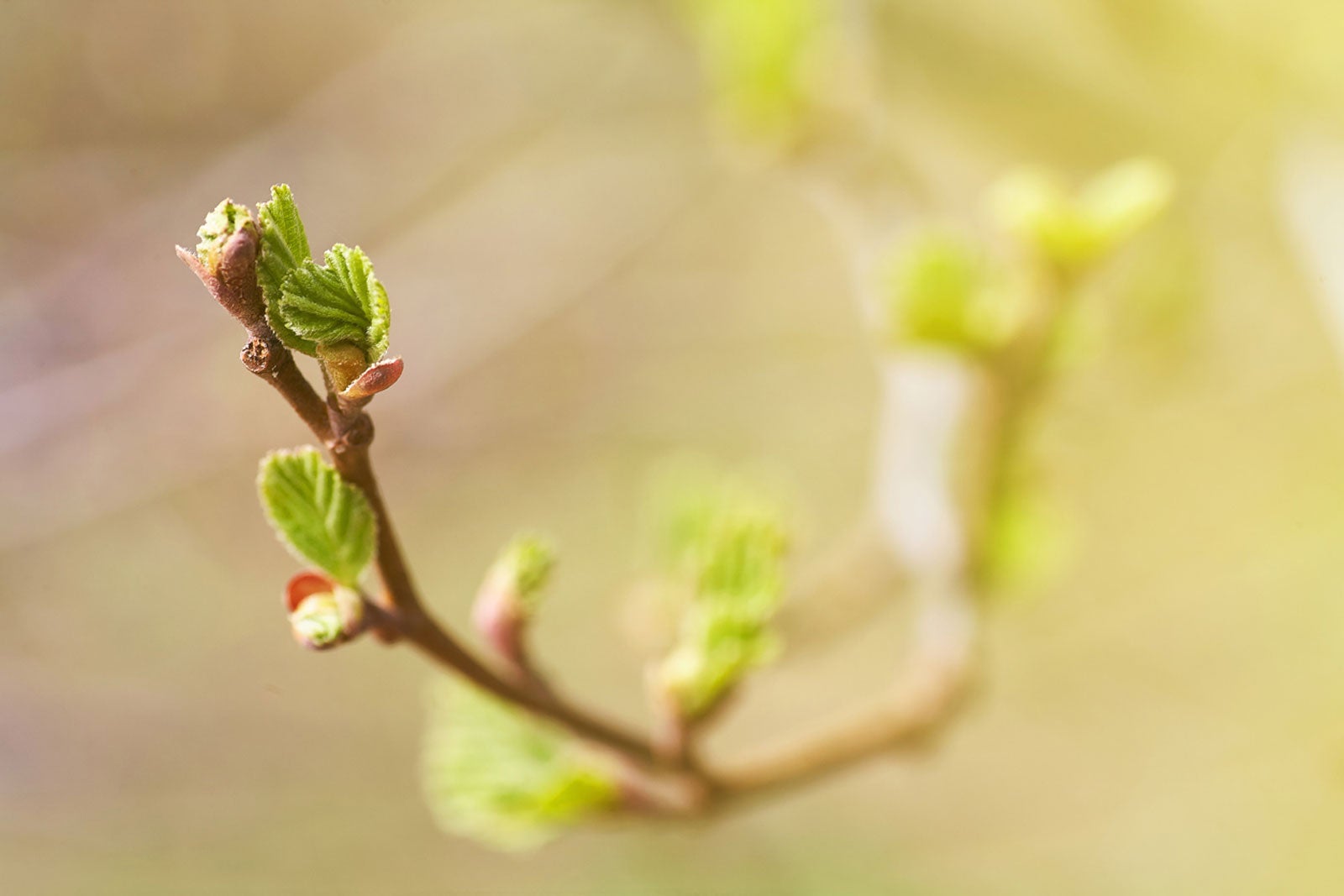Plants And Budding Propagation – What Plants Can Be Used For Budding


Budding, also known as bud grafting, is a type of grafting in which a bud of one plant is attached to the rootstock of another plant. Plants used for budding may be either a single species or two compatible species.
Budding fruit trees is the principal method of propagating new fruit trees, but it is frequently used for a variety of woody plants. The technique is extensively used by commercial growers.
Although it may seem complicated and mysterious, with a little practice and a lot of patience, budding can be done by home gardeners. As a rule, even beginners have better luck with budding than most other propagation techniques.
Plants and Budding Propagation
Budding basically involves inserting a bud into the rootstock of the other plant. Usually, budding occurs as near the ground as possible, but certain trees (such as willow) are done much higher on the rootstock. It usually takes place where the rootstock grows, with no digging required.
Budding propagation is frequently used to:
- propagate ornamental trees that are difficult to grow by seeds or other means
- create specific plant forms
- take advantage of beneficial growth habits of specific rootstocks
- improve cross-pollination
- repair damaged or injured plants
- increase the growth rate
- create fruit trees that produce more than one type of fruit
What Plants Can be Used for Budding?
Most woody plants are suitable, but a few of the most common plants and trees that use budding include:
Fruit and Nut Trees
- Crabapple
- Ornamental Cherries
- Apple
- Cherry
- Plum
- Peach
- Apricot
- Almond
- Pear
- Kiwi
- Mango
- Quince
- Persimmon
- Avocado
- Mulberry
- Citrus
- Buckeye
- Grapes (chip budding only)
- Hackberry (chip budding only)
- Horse Chestnut
- Pistachio
Shade/Landscape Trees
Shrubs
Sign up for the Gardening Know How newsletter today and receive a free copy of our e-book "How to Grow Delicious Tomatoes".

A Credentialed Garden Writer, Mary H. Dyer was with Gardening Know How in the very beginning, publishing articles as early as 2007.